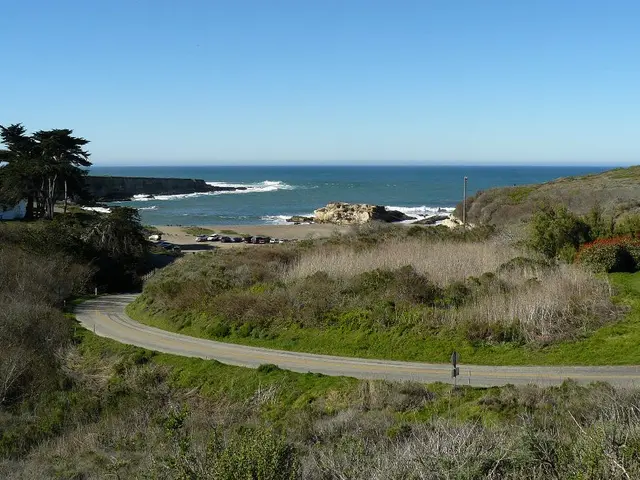Baltic States Face Relentless Russian Pressure, NATO Response Insufficient Against Info Warfare
Since gaining independence in 1990, the Baltic states have faced relentless pressure from Russia, with constant airspace violations and military posturing. This has sparked a global power struggle and prompted a NATO response, but some argue the West is not adequately addressing Russia's information warfare tactics.
The Baltic states have significantly boosted defense spending and adopted total defense strategies, preparing their societies for potential Russian incursions. NATO has deployed multinational battle groups and enhanced its response force, while the US has forward deployed heavy forces. However, critics warn that the West is not paying enough attention to Russia's information operations and cyber threats.
Wargames in 2014 and 2015 suggested that Russian forces could overrun the Baltic States in as little as 36 hours, given their military capabilities and NATO's force posture at the time. Russia's strategy involves influence operations and cyberspace exploitation, as seen in the annexation of Crimea and the conflict in eastern Ukraine. Disinformation campaigns, blame shifting, and sophisticated military exercises have increased tensions and led to calls for heightened vigilance.
The role of non-military means in achieving political and strategic goals has grown, with Russia's tactics pushing the boundaries of conventional warfare. As the Baltic states and NATO strengthen their defenses, addressing Russia's information warfare and cyber threats will be crucial in maintaining regional stability and countering its strategic ambitions.
Read also:
- Increase in Electric Vehicle Charging Stations Across U.S., But Is It Sufficient?
- Tesla's Semi-Truck enters partnership with Uber Freight, aiming to accelerate the usage of electric trucks.
- The current status of green hydrogen for developing countries following the wave of hype: Assessment of remains
- Rapid Growth in Bio-based Polypropylene Sector Anticipated at a Compound Annual Growth Rate of 26.5% by 2034








